(ECNS) -- The ingenious rainwater drainage system of the Palace Museum has remained unscathed during recent torrential rainfall in Beijing
The system was built during the Ming Dynasty (1368 -1644 AD), and follows the geographical features of Beijing, with a slopping north-south elevation.
This natural gradient creates favorable conditions for efficient drainage, allowing water to be slowly discharged. The ancient rainwater gutters preserved in the Palace Museum today have a total length of over 15 kilometers, with almost 13 kilometers stretching underground.
All drainage channels lead to the Neijin River, which connects the 52-meter-wide external moat and surrounding water systems such as the Waijin River and Zhongnanhai.
There is a saying that the museum has been free from water accumulation for 600 years. However, the claim is groundless, according to Di Yajing, director of the World Heritage Monitoring Department of the museum.
The Palace Museum is susceptible to sediment blockages, so it undergoes three dredging operations each spring, summer, and autumn to clear the accumulated mud and sand.
The Cining Palace has seen water accumulation during the downpour these days, and some netizens mocked that it was "modern renovation" to the drainage system that led to the flooding.
Di said that the water accumulation was caused by plastic bottles, plastic bags, towels, and clothing left by visitors, which clogged the underground gutters.
After clearing the blockages, the drainage is now smooth and unobstructed, she said.
She added that in historical records, there were instances of roof leaks, collapsed walls, and courtyard flooding in the museum.
For example, in the fourth lunar month of the eleventh year of the Guangxu Emperor's reign, there were varying degrees of water accumulation "several feet deep" from Donghua Gate to Xihua Gate.
After the water had accumulated, it was common to promptly locate the blockage and clear it, allowing for a quick restoration of its drainage function, Di said.










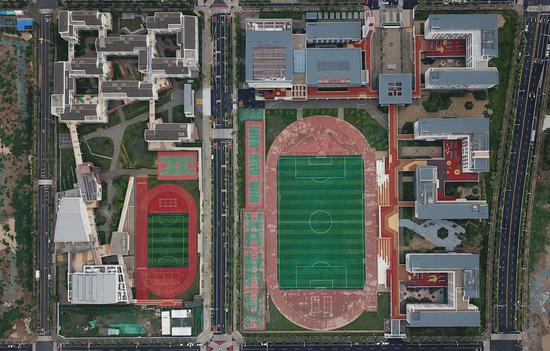
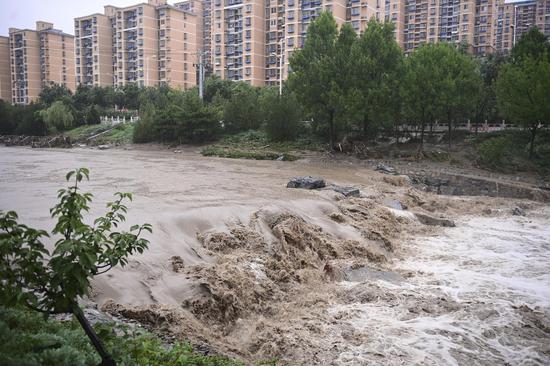






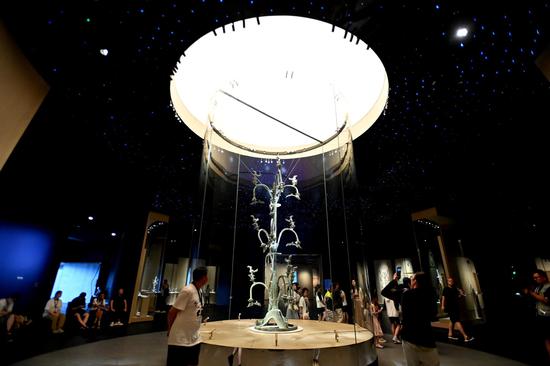





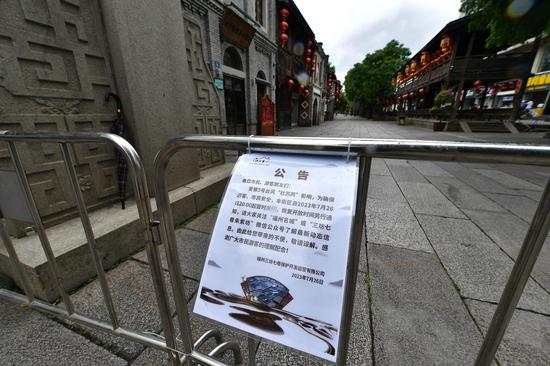


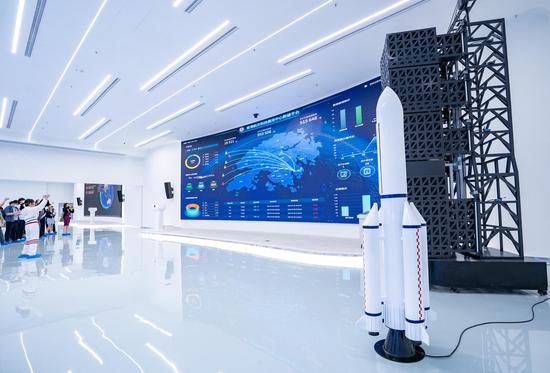
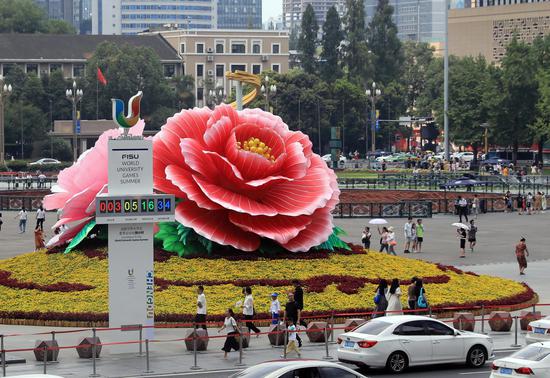
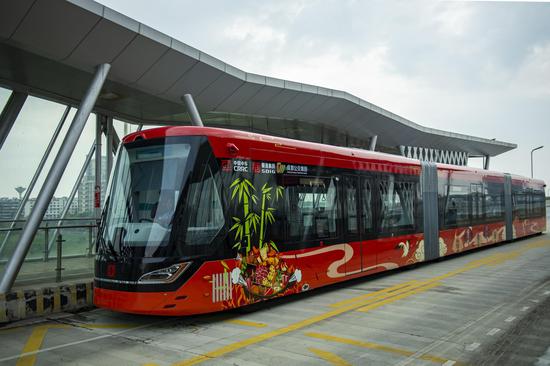
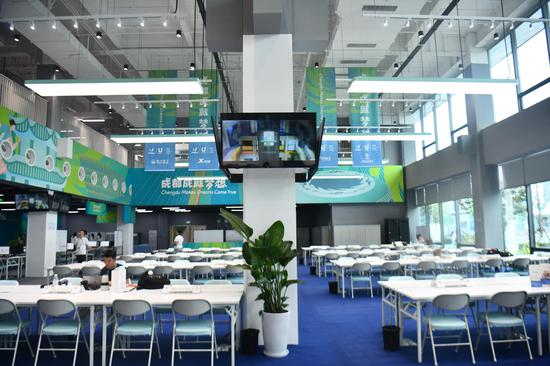
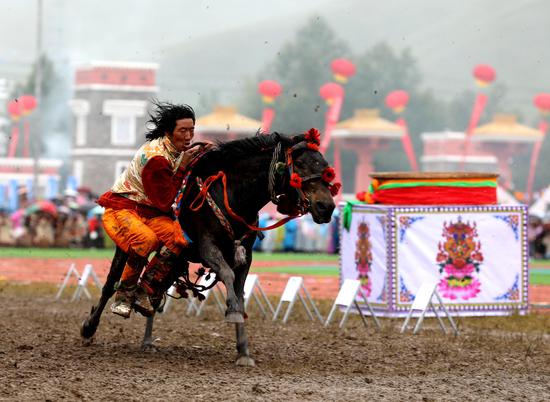


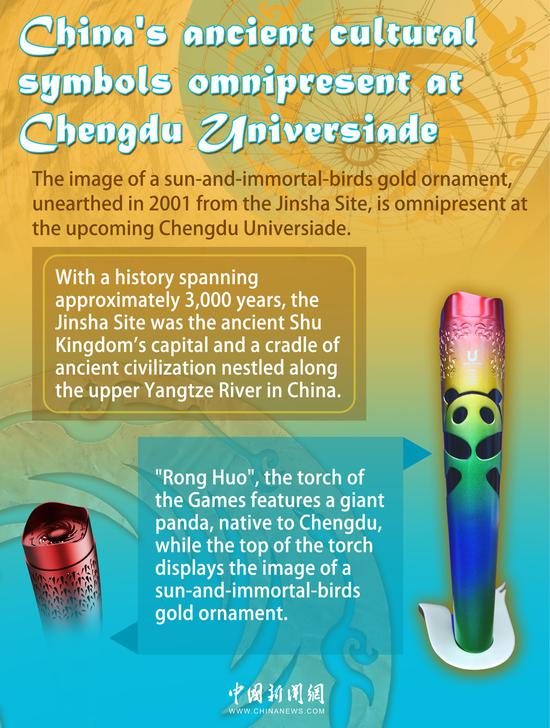



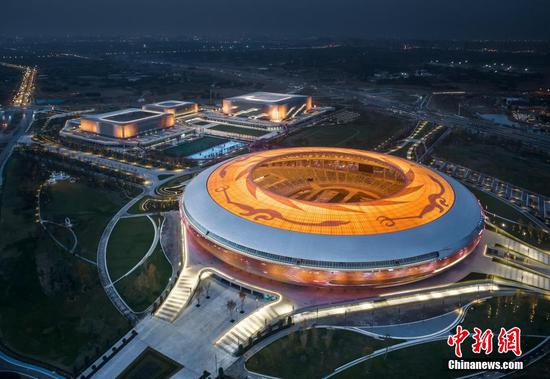

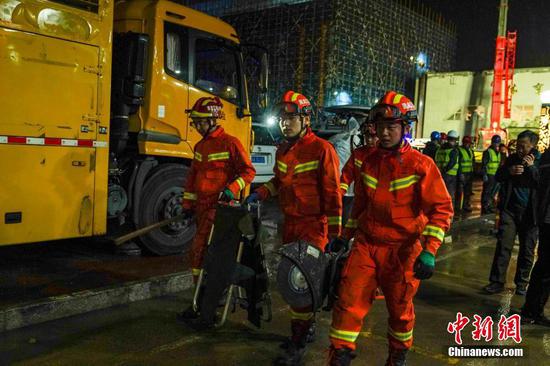





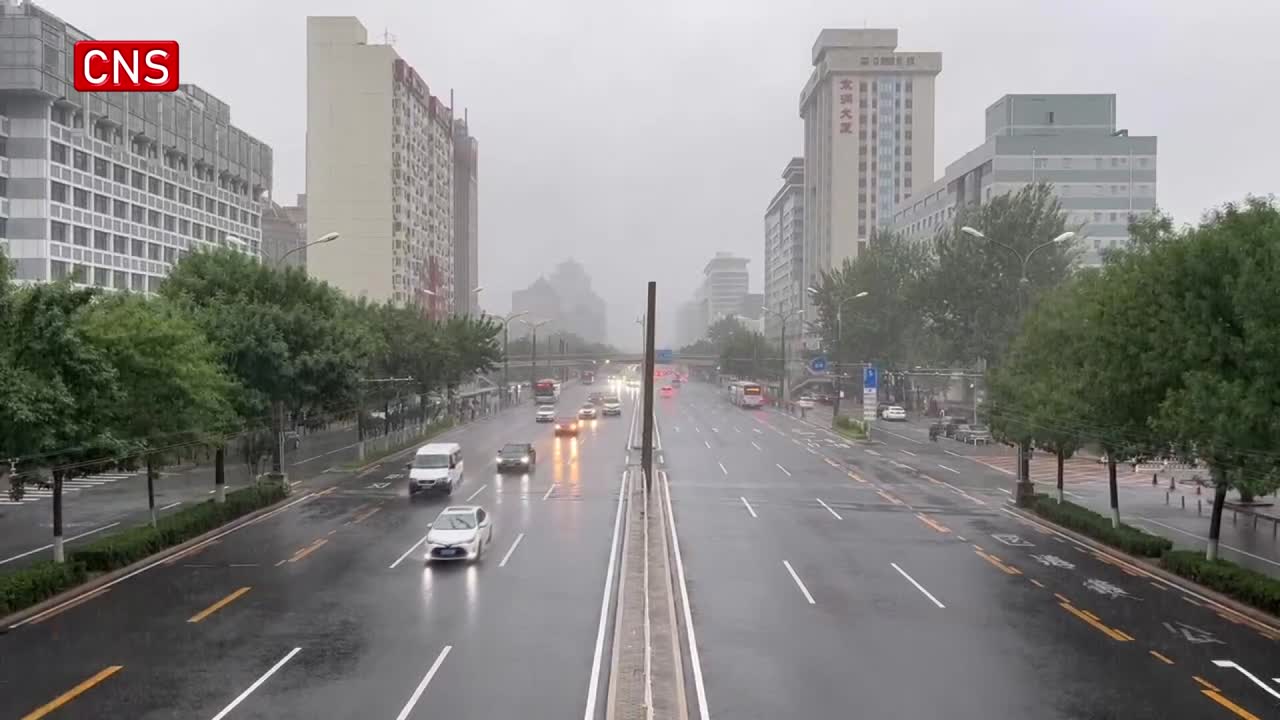



 京公网安备 11010202009201号
京公网安备 11010202009201号